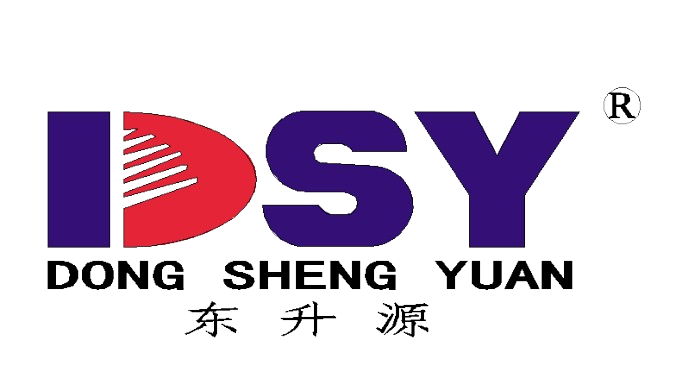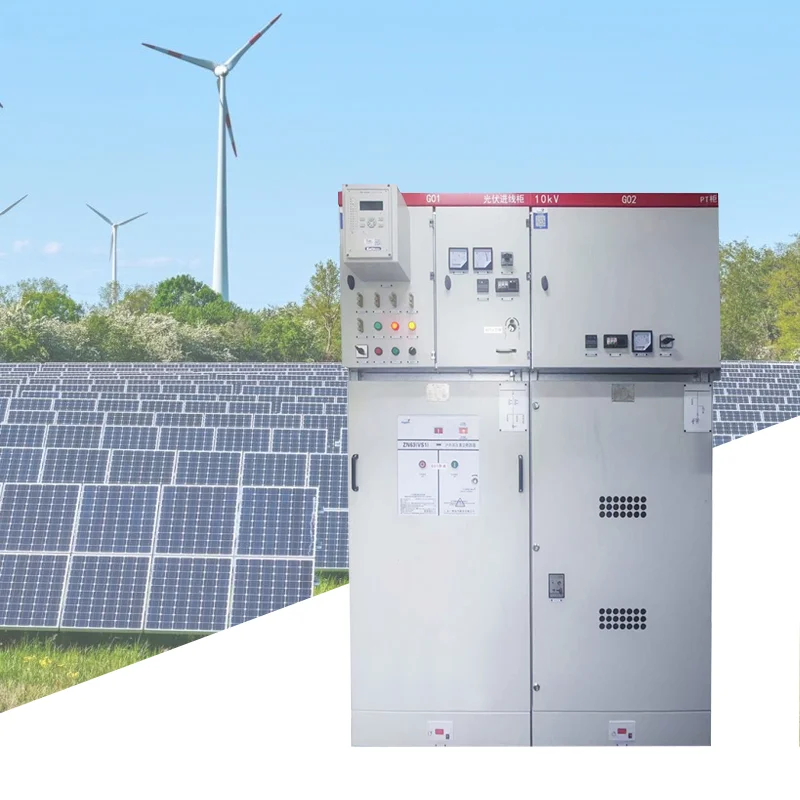Switchgear Solutions for Manufacturing Plants: Safety & Efficiency Without Compromise
20+ years delivering MV/LV distribution solutions for industrial projects. We focus on procurement-ready specifications, FAT/SAT discipline, and measurable uptime outcomes.
As a procurement manager or industrial buyer, you evaluate suppliers on one question: will this equipment keep our lines running and our people safe? Choosing the wrong switchgear creates costly redesigns, failed inspections, and unplanned downtime. Choosing the right system secures uptime, simplifies compliance, and reduces total cost of ownership. This guide tells you exactly what to put in the RFP, which parameters to check, and which vendor promises to reject—so your next purchase delivers measurable results, not surprises.

Align Safety & Efficiency with the Right Standard
Buyer perspective: Define the target standards at tender stage. If your site requires IEC 61439 (LV) or IEC 62271 (MV) but your vendor designs to UL by default, expect redesign, additional testing, and shipping delays. Specify the standard and require the vendor to provide a verification pathway (type-test evidence or design verification) and FAT plan tied to that standard.
What to call out in procurement documents
- Target standard(s): IEC 61439-1/2 (LV), IEC 62271-200 (MV), or UL 891 / UL 1558 (North America).
- System rating: nominal voltage, frequency, neutral arrangement.
- Short-circuit rating: symmetrical kA and prospective fault current at service point.
- Environmental constraints: IP level, indoor/outdoor rating, seismic/wind if applicable.
Make Arc-Flash Risk Reduction Contractual
Buyer perspective: Ask for deliverables, not promises. Require an IEEE-1584 arc-flash study, single-line with calculated incident energy at working distance, proposed relay settings, and PPE categories. Vendors who cannot produce incident-energy numbers or relay settings create liability and fail audit checks.
Procurement actions that reduce risk
- Include in RFP: “Submit IEEE-1584 arc-flash report, relay settings files, and label templates as part of FAT deliverables.”
- Request design options: maintenance-mode settings, zone-selective interlocking (ZSI), arc-flash detection relays, remote racking and operation, or arc-resistant construction if study justifies it.
- Require IR-ready design: IR windows and a documented thermography program so maintenance does not require shutdowns.
Efficiency by Design — Topologies That Protect Production
Buyer perspective: Value serviceability over lowest CAPEX for critical loads. Draw-out breakers, segregated bus and sectionalized topologies let you isolate faults and keep most production fed. Fixed, panel-style switchboards may save initial cost but often increase OPEX from longer outages.
Key procurement parameters
- Device form: withdrawable vs. fixed — specify withdrawable for critical feeders.
- Bus segmentation: sectionalized bus and bus couplers to limit fault impact.
- Selectivity goals: state maximum upstream clearing time and coordination requirements to avoid cascade trips.
- Accessibility: through-the-door operation, safe maintenance clearances, and remote operation provisions.
Documentation & Testing — The Points That Make or Break Commissioning
Buyer perspective: Require test evidence and clear FAT/SAT criteria in the contract. Missing or vague documentation forces rework on site, extends commissioning, and generates change orders. Vendors that commit to verifiable FATs with witness options reduce your project risk and schedule exposure.
Minimum deliverables to require
- Type-test certificates (or design verification evidence) where applicable.
- Complete FAT package: test procedures, acceptance criteria, witness options, and factory test records.
- SAT acceptance criteria and site test schedule.
- Full documentation: SLD, GA, wiring diagrams, relay settings files, O&M manuals, and spares list.
Maintenance & Predictive Practices That Deliver ROI
Buyer perspective: Treat monitoring as a procurement item, not an afterthought. Include condition-monitoring provisions so maintenance acts on data, not assumptions. This reduces emergency repairs and extends equipment life — you recover the investment through avoided downtime.
Monitoring & maintenance items to include in RFP
- IR windows and scheduled thermography scope tied to the contract.
- CTM/CBM provisions: temperature points, partial-discharge sensors, remote alarms tied to SCADA/asset management.
- Defined routine maintenance cadence and a spares kit list with lead-time expectations for critical parts.
Buyer’s Comparison: Wrong Choice vs. Right Choice
| Outcome | When you choose wrong | When you specify correctly |
|---|---|---|
| Safety | Unverified incident energy → higher PPE cost & audit failures | IEEE-1584 verified → lower risk, accepted by auditors |
| Commissioning | Missing FAT/SAT → delays, extra site testing | FAT with witness → faster SAT and handover |
| Downtime | Fixed gear on critical feeders → longer outages | Withdrawable/modular gear → faster recovery, lower OPEX |
| Total cost | Lower CAPEX but higher lifetime cost | Higher initial cost, lower TCO with monitoring |
Frequently Asked Questions (Short Buyer Answers)
Can vendors support both IEC and UL deliverables?
Yes—if you specify it. Require vendors to submit the verification plan and test evidence for the applicable standard(s) in their bid. Multi-standard projects need explicit acceptance criteria in the contract.
What single action reduces incident energy fastest?
Engineer protection to clear faults faster (maintenance-mode settings, ZSI, arc-detection relays) and validate results with an IEEE-1584 study before final selection.
How do IR inspections improve uptime?
IR identifies loose terminations and thermal anomalies while equipment runs. With IR windows and a thermography program in the contract, you avoid shutdowns for diagnostics and schedule targeted repairs proactively.
Conclusion
Contact DSY Engineering to get a compliant switchgear proposal tailored to your SLD and site standards. Request a quotation, FAT plan, and product datasheets — our team will return a BOM, lead-time plan, and documentation checklist within one business day after receiving your SLD.





